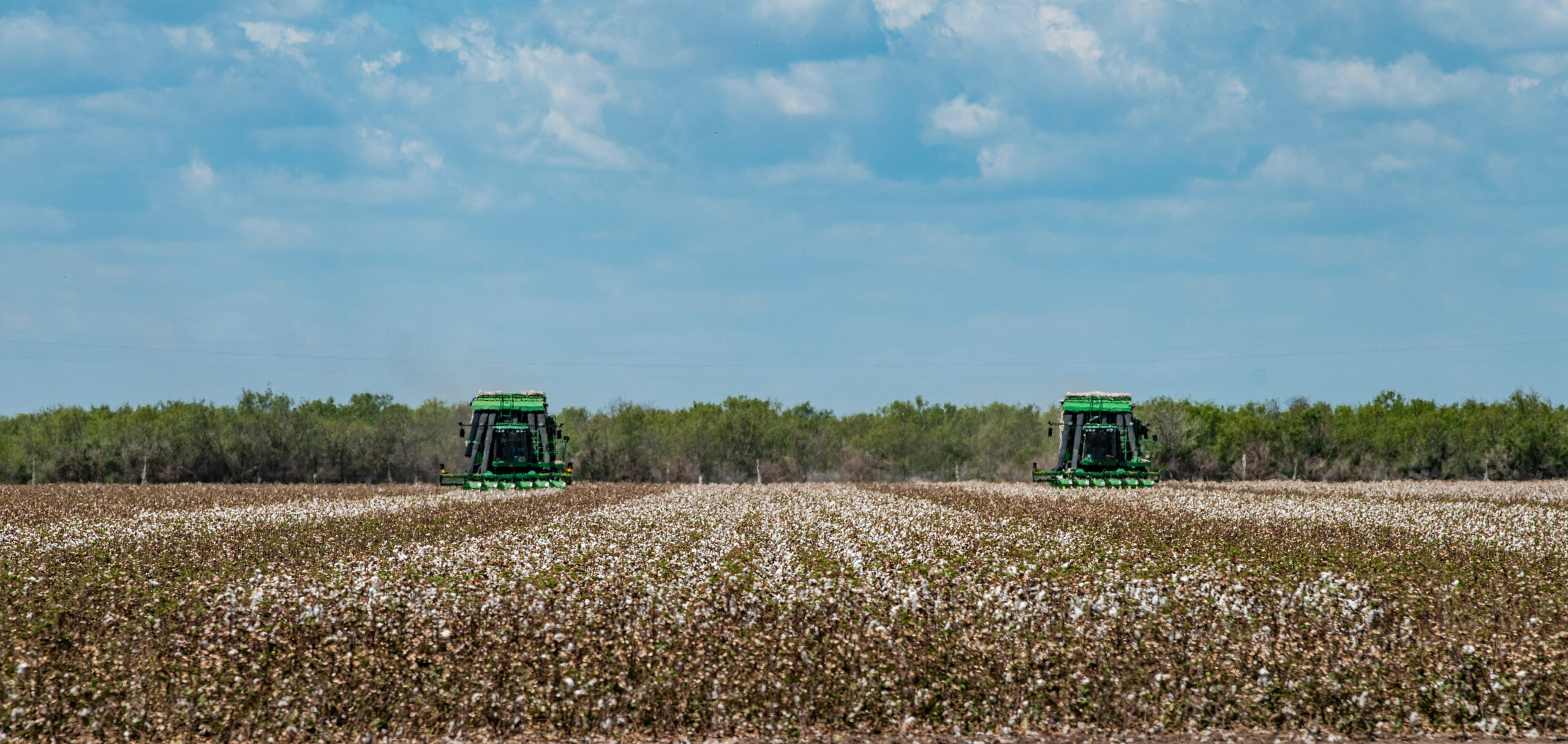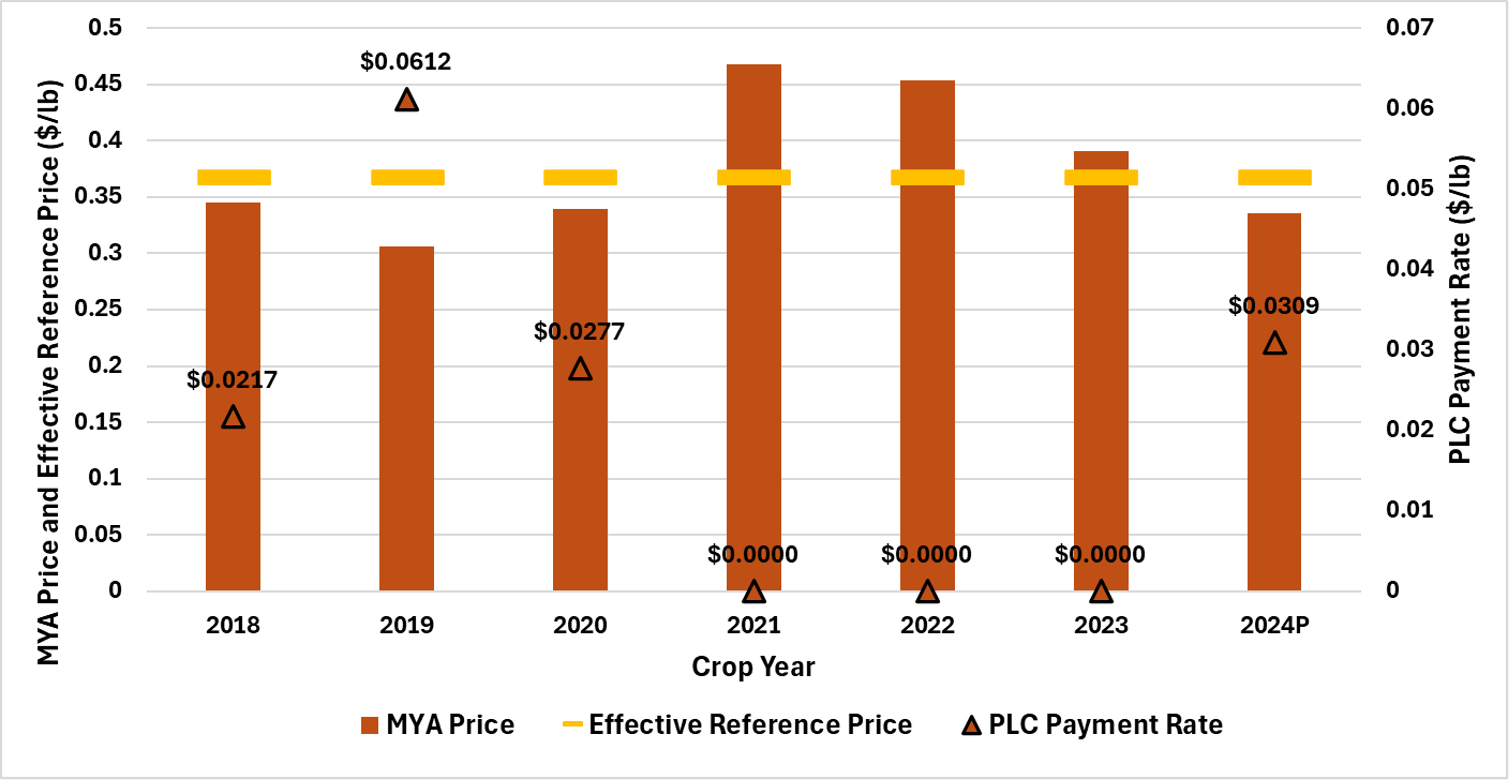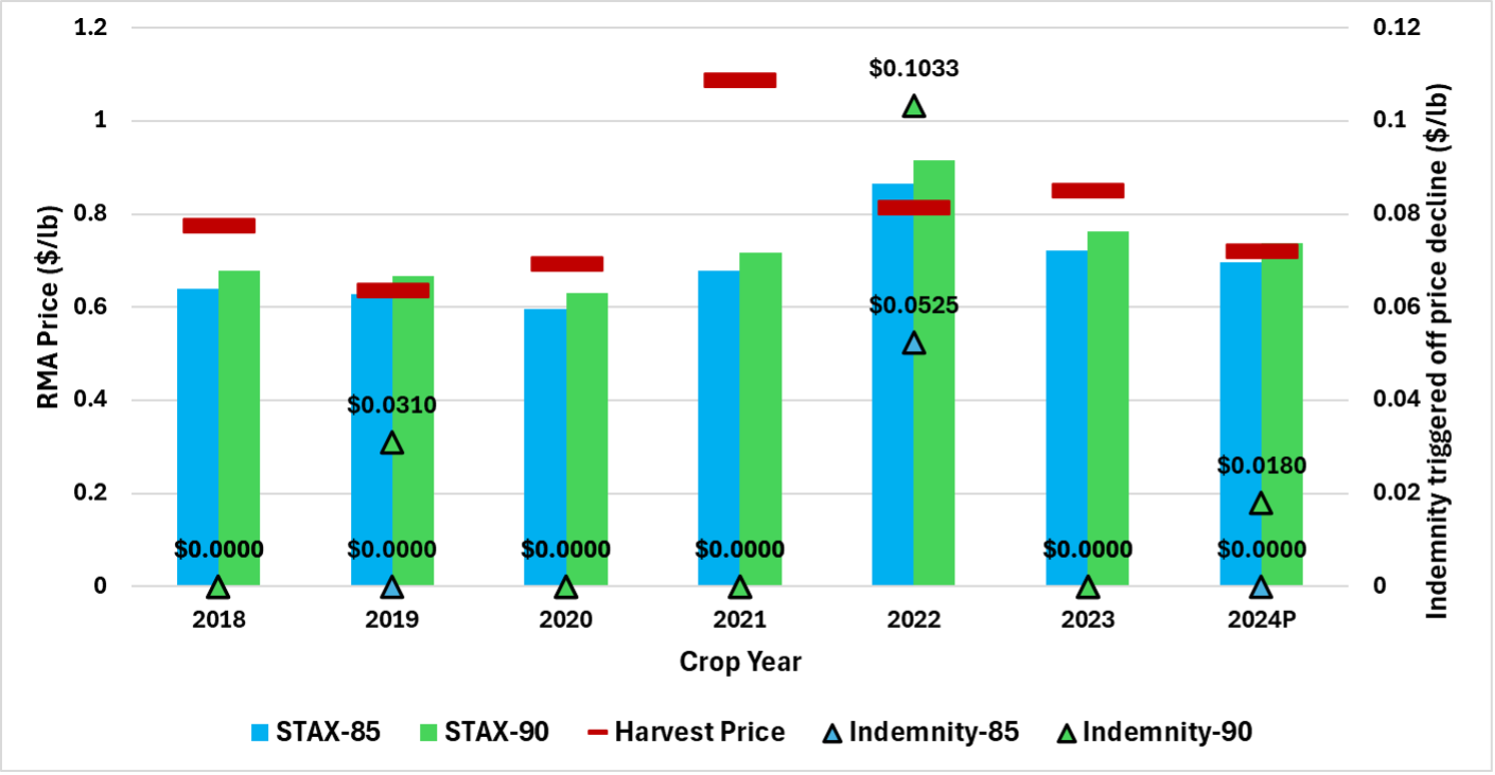As we noted back in December 2024, the American Relief Act provided $30.78 billion in relief for agricultural producers—$10 billion for economic assistance and $20.78 billion for natural disaster relief.
Signup for the economic assistance—known as the Emergency Commodity Assistance Program (ECAP)—began on March 19, 2025, and runs through August 15, 2025. Initial ECAP payments were factored by 85% to ensure total program payments do not exceed available funding. If all goes as planned, FSA may issue a second payment in August.
USDA has also started rolling out the $20.78 billion in natural disaster assistance. For example, on May 29, 2025, USDA announced that approximately $1 billion in Emergency Livestock Relief Program (ELRP) payments were being issued to affected producers. At this point, anticipation is building for sign-up to begin for the Supplemental Disaster Relief Program (SDRP). SDRP is the successor to the Wildfires and Hurricanes Indemnity Program (WHIP) and the Emergency Relief Program (ERP) summarized in Table 1.
Table 1. Recent History of Natural Disaster Relief for Agricultural Producers
| Program | Crop Year | Authorizing Statute | Enactment Date |
| WHIP | 2017 | P.L. 115-123 | 2/9/18 |
| WHIP+ | 2018 & 2019 | P.L. 116-20 | 6/6/19 |
| ERP | 2020 & 2021 | P.L. 117-43 | 9/30/21 |
| ERP | 2022 | P.L. 117-328 | 12/29/22 |
| SDRP | 2023 & 2024 | P.L. 118-158 | 12/21/24 |
SDRP will provide assistance to producers for necessary expenses related to losses of revenue, quality or production of crops (including milk, on-farm stored commodities, crops prevented from planting, and harvested adulterated wine grapes), trees, bushes, and vines, as a consequence of droughts, wildfires, hurricanes, floods, derechos, excessive heat, tornadoes, winter storms, freeze, including a polar vortex, smoke exposure, and excessive moisture occurring in calendar years 2023 and 2024. While the details will be released by USDA once approved by OMB, following are a few key observations:
- Sign-up Date. USDA has announced a target date of July 7, 2025, for sign-up to begin. While that date may slip a bit as OMB finalizes its review, all indications are that a sign-up announcement is imminent.
- Funding. While $20.78 billion was reserved for natural disaster assistance, Congress earmarked $2 billion for livestock (via ELRP), and block grants to states for hurricane relief must also be funded from that total. As a result, the amount available for SDRP will be significantly less than $20.78 billion.
- Factoring. When compared against projected losses, there is virtually no question that USDA will have to implement a payment factor. Recall, the Biden Administration noted that—had they implemented a flat payment factor for ERP 2022—it would have been 27%. Their solution at the time was to implement progressive factoring instead, an approach that U.S. Secretary of Agriculture Brooke Rollins has repeatedly rejected. So, while we know there will not be progressive factoring, we do not know what the flat factor will be. Regardless, we’d argue that you shouldn’t get too hung up on the payment factor. Why? USDA will simply estimate projected payments, compare it to available funding, and set the factor accordingly. In other words, if USDA’s approach with SDRP is generous in calculating payments, then it will require a more significant factor to make sure it doesn’t exceed available funding. The most important part to remember is that USDA will be allocating a historic amount of disaster funding in the months ahead…and any payment factor will be applied uniformly to all program applicants.
- Sequence. USDA has noted that SDRP sign-up will focus first on those with indemnified losses. USDA is targeting September 15, 2025, to begin sign-up for those with uncovered losses (i.e., shallow losses) including producers without crop insurance, and quality losses.
We will provide additional details once SDRP is officially released.
Fischer, Bart L., and Joe Outlaw. “Sign-up for Natural Disaster Relief Beginning Soon.” Southern Ag Today 5(27.4). July 3, 2025. Permalink





